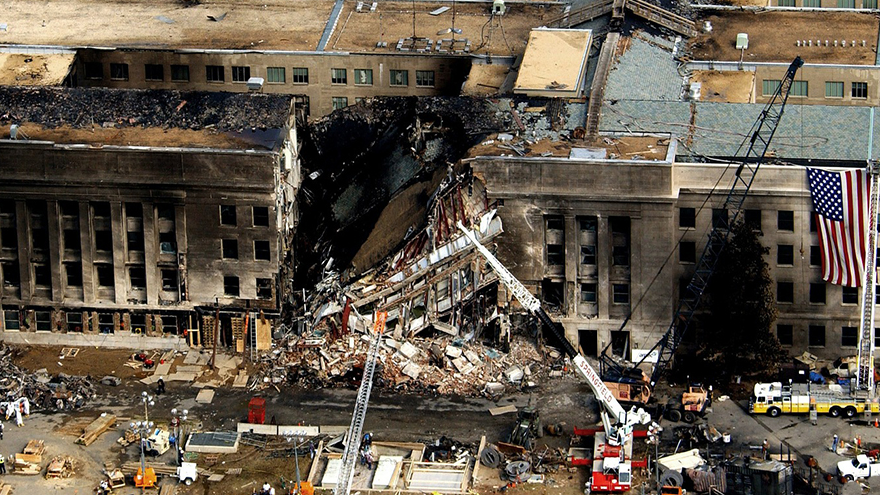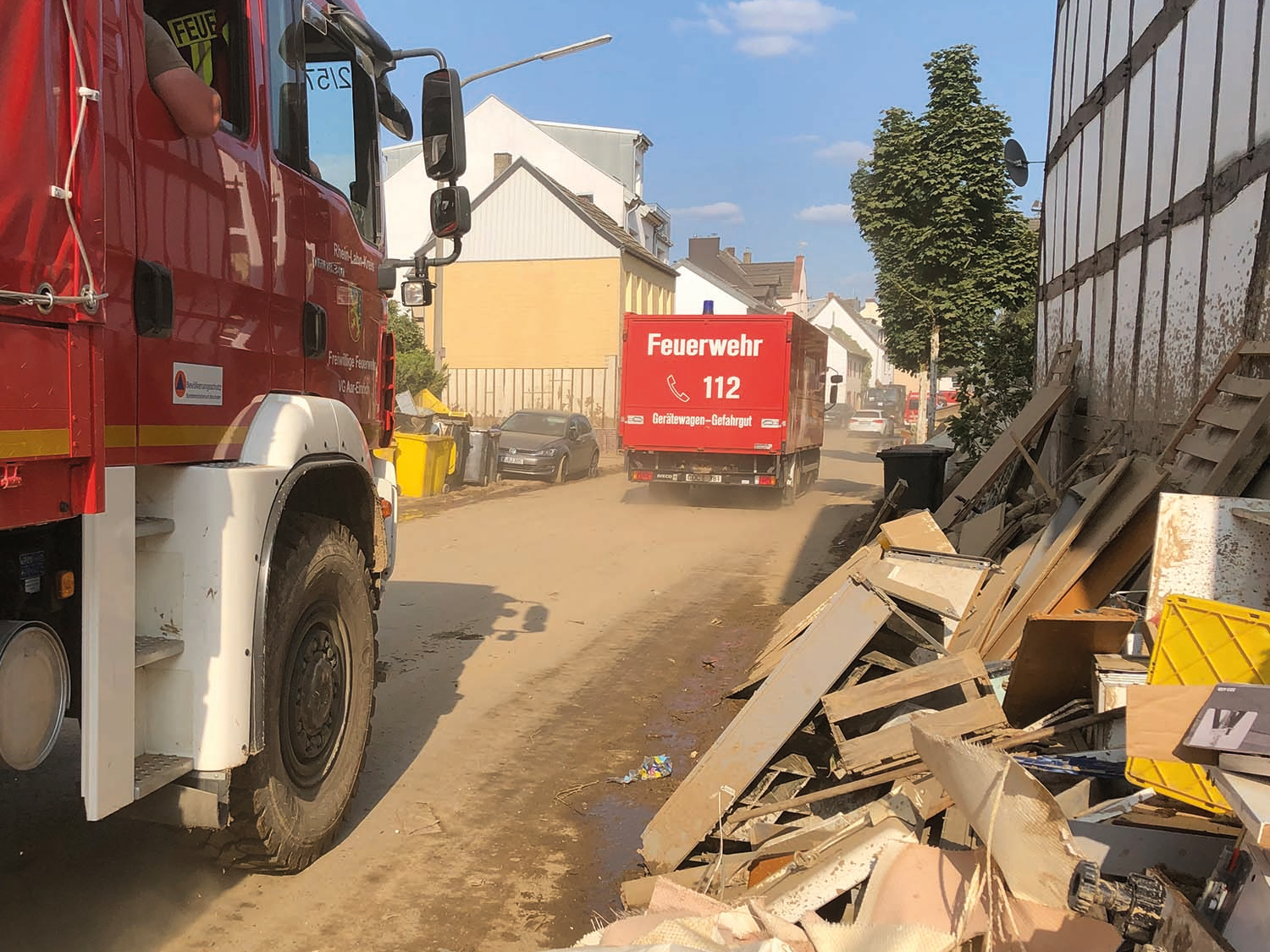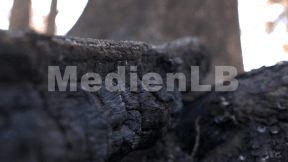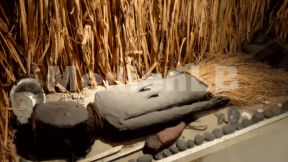 Politics / Civics
Politics / Civics

4674150 / 5562626
Internationaler Terrorismus
Eine reale und aktuelle Gefahr
„Wo warst du am 11. September 2001?“ Eine Frage, wie sie die meisten Erwachsenen von uns ohne Zögern beantworten könnten, die jedoch auf die jüngere Generation aus naheliegenden Gründen eher befremdlich wirkt. Und dennoch sind gerade sie in einer Welt groß geworden, die maßgeblich von den schrecklichen Ereignissen an jenem Tag beeinflusst worden ist. Und uns durch den Anschlag auf „Charlie Hebdo“ wieder nachdrücklich in Erinnerung gebracht wurden. Doch eines ist klar: Der Terrorismus hat weder mit den damaligen Anschlägen auf das World Trade Center begonnen, noch ist er durch die Tötung Osama bin Ladens 2011 beendet worden. Die Akteure und Organisationen mögen heute andere Namen tragen, aber die Motive sind meist sehr ähnlich. Zurzeit gilt der Islamische Staat (IS) als die größte Bedrohung. Umso erschreckender sind für uns die Meldungen von jungen Menschen, die in Deutschland von salafistischen Hasspredigern radikalisiert werden, um diese anschließend als Kämpfer oder Selbstmordattentäter für den IS zu rekrutieren und auszunutzen. Der Film geht dabei sowohl auf die Salafistenszene in Deutschland als auch auf die unerträgliche Situation an der Front dieses Krieges ein. Gemeinsam mit dem umfangreichen Unterrichtsmaterial (klassische und interaktive Arbeitsblätter, Testaufgaben, Lehrtexte etc.) ist der Film sehr gut für den Einsatz im Unterricht geeignet.
Play trailer
Curriculum-centred and oriented towards educational standards
Matching
Katastrophenschutz
Die Flutkatastrophe vom Sommer 2021 hat gnadenlos die Defizite im Frühwarnsystem und die Bedrohungen durch den Klimawandel gezeigt.
Massentierhaltung
Ein Kilogramm Hühnerschenkel für 99 Cent – dieser Preis lässt sich nur erreichen, wenn die Herstellungskosten massiv niedrig gehalten werden. Der Film geht der Frage nach, unter welchen Bedingungen Tiere für die industrielle Verwertung gehalten werden. Welche Möglichkeiten die Verbraucherinnen und Verbraucher haben, auf diese Bedingungen Einfluss zu nehmen, ist der Inhalt eines eigenen Kapitels.









